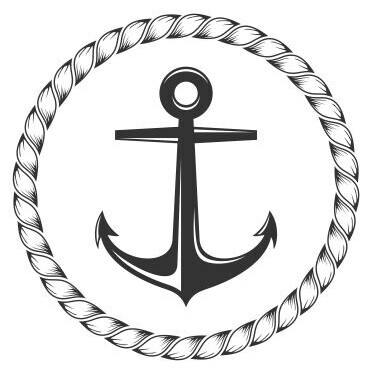- This topic has 5 replies, 2 voices, and was last updated 2 years, 3 months ago by
icedcappucino.
-
AuthorPosts
-
20/12/2022 at 16:00 #14439
Second Engineer = First AE level
20/12/2022 at 16:04 #14440Q1. (a) State the ideal cycle most appropriate to the actual operations undergone in the modern diesel engine.
A: Dual (mixed) cycle. Employs solid injection with short fuel injection periods fairly symmetrical around TDC.
(b) Give reasons why the actual cycle is made approximate to the ideal heat exchange process.
A: – Cooling loss
– Propeller efficiency
– Heat generated by friction(c) State how the combustion process in the actual cycle is made approximate to the ideal heat exchange process.
A: To get closer to ideal Miller cycle,
– Further cooling of charge/scavenge air
– Improved re-entrant piston bowls
– Low swirl inlet ports
– Higher compression ratio (volume of air in each cylinder at BDC : vol of air at TDC)
– Higher fuel injection pressures and improved injector nozzle spray patterns
– Revised fuel injection timing
– Combine revised valve timing and high efficiency, high pressure turbo-charging (early closure of inlet valve to cause air entering cylinder to expand and cool),20/12/2022 at 18:17 #14442Q2. (a) State why bottom end bolts of four-stroke engines are susceptible to failure.
A: Cyclic stresses induced in bottom end bearings causes shell bearing ovality. If left unchecked, will lead to big end bolts failure.
Q2. (b) Sketch a bottom end bolt of suitable design.
Q2. (c) Explain how good design reduces possibility of failure.
A: Good design has balance between weight and stress levels, S-N curve (stress amplitude vs cycles to failure) plus safety margin.
Q2. (d) State how the possibility of failure is reduced by good maintenance.
A: Regular checks and maintenance at appropriate service intervals helps prevent issues such as four-stroke bottom end bolts failure.
20/12/2022 at 19:53 #14443Q3. (a) Explain why in large, slow-speed engines, power balance between cylinders is desirable.
– Optimise fuel consumption
– Prevent damage to componentsQ3. (b) State why it is never achieved in practice.
– Condition of each unit’s components may differ
– Different timing of Fuel injection and Exhaust valveQ3. (c) Describe how power balance between cylinders of a medium-speed engine is improved.
– Take performance and compare with shop trial
– Check tappet clearance
– Check Fuel injection timing and adjust if needed
– Carry out maintenance of each cylinder’s components especially combustion relatedQ3. (d) Describe how power balance in a slow-speed engine is improved.
– Take performance and compare with shop trial
– Check Fuel injection and exhaust valve timing and adjust if needed
– Carry out maintenance of each cylinder’s components especially combustion related22/12/2022 at 15:23 #14444Q4. (a) Give an example of each of the four types of two-stroke engine indicator diagrams, explain how each is taken and the use to which it is put.
– Power diagram: taken with either mechanical or electronic indicator. If mechanical indicator, need to use planimeter to calculate Mean Indicated Power per cylinder and calculate power balance.
– Draw diagram: taken with either mechanical or electronic indicator. Check for abnormal conditions such as Pcomp or Pmax lower than usual due to e.g. Piston rings
– Compression diagram: Check for abnormal time lag in the drive or a faulty indicator cam setting, or relative phase difference between camshaft and crankshaft.
– Light spring diagram: Gives information about exhaust and scavenge processes.Q4. (b) Illustrate two defects which can show up on a compression card.
Q4. (c) How is cylinder power balance checked on a higher-speed engine?
22/12/2022 at 15:25 #14445Q5. (a) Explain how the power developed in an engine cylinder is determined:
(i) From indicator cards.
(ii) By electronic means.
(b) State which of these is the most representative and why. -
AuthorPosts
- You must be logged in to reply to this topic.
